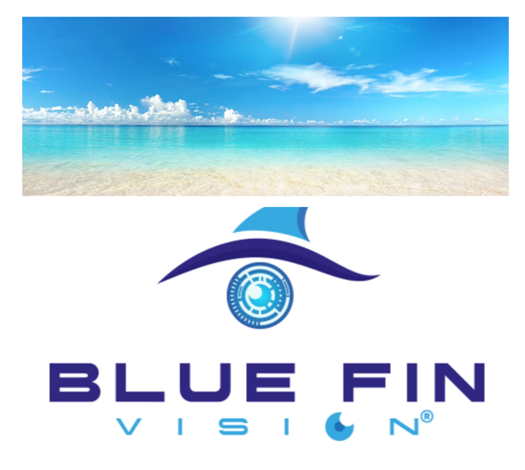Cataract Surgery: Repairing Clear Vision with Accuracy and Safety
Cataract Surgery: Repairing Clear Vision with Accuracy and Safety
Blog Article

Developments in ophthalmology have changed the way we correct vision. From laser-based techniques to intraocular Lens solutions, individuals nowadays have a wide range of alternatives tailored to their individual visible needs. Among the most distinguished procedures are Refractive lens exchange.Each procedure acts a certain purpose and is suited to various age ranges, Eye situations, and life style preferences.
Lens Replacement Surgery and Refractive Lens Exchange are carefully connected techniques applied mainly for individuals over 40 that are encountering presbyopia or aren't perfect individuals for laser perspective correction. In that treatment, the natural Lens of the attention is changed with an synthetic intraocular Lens (IOL) to boost emphasis and minimize dependency on cups or contact lenses. It is particularly good for people with high refractive mistakes or these buying long-term solution that also reduces the risk of future cataract development.
ICL Surgery requires the implantation of a soft, variable Lens behind the iris and before the organic lens. Unlike Lens Replacement, ICL doesn't remove the normal Lens, rendering it a reversible procedure. It is very suitable for young people with thin corneas or individuals with reasonable to high examples of nearsightedness who're maybe not excellent candidates for LASIK or PRK. Among the essential benefits of ICL may be the storage of corneal tissue, which can be critical for long-term ocular health.
Cataract Surgery is usually done once the normal Lens becomes clouded, usually because of aging. In this treatment, the dark Lens is removed and changed with a clear IOL. Technical developments have made cataract surgery better, quicker, and more accurate, frequently improving both vision quality and over all quality of life.
Laser Eye Surgery, including LASIK, continues to be one of typically the most popular strategies for improving refractive problems such as myopia, hyperopia, and astigmatism. LASIK requires reshaping the cornea employing a precise laser to allow gentle entering the eye to be precisely focused onto the retina. The answers are typically quick, and recovery times are short. LASIK is ideal for individuals with stable medications and ample corneal thickness.
Choosing the right perspective correction technique depends upon several factors, including age, prescription, corneal health, life style, and particular expectations. A comprehensive Eye examination done by a qualified ophthalmologist is important in determining the most appropriate treatment path.
To conclude, modern perspective correction techniques are safe, powerful, and very customizable. Whether you are seeking to get rid of your dependence on remedial contacts or address age-related changes in vision, today's advanced surgical possibilities present reliable and lasting results. With the best evaluation and guidance, clear vision can be quite a truth for a wide range of individuals. Report this page